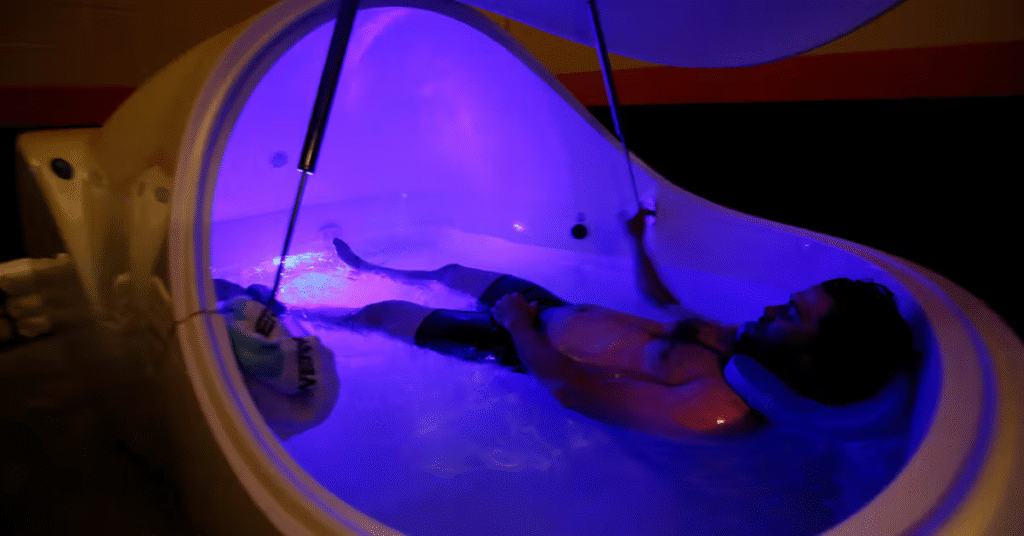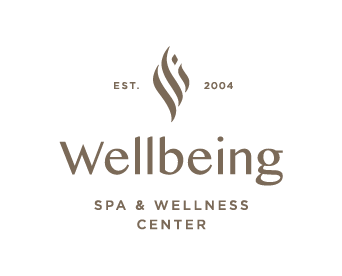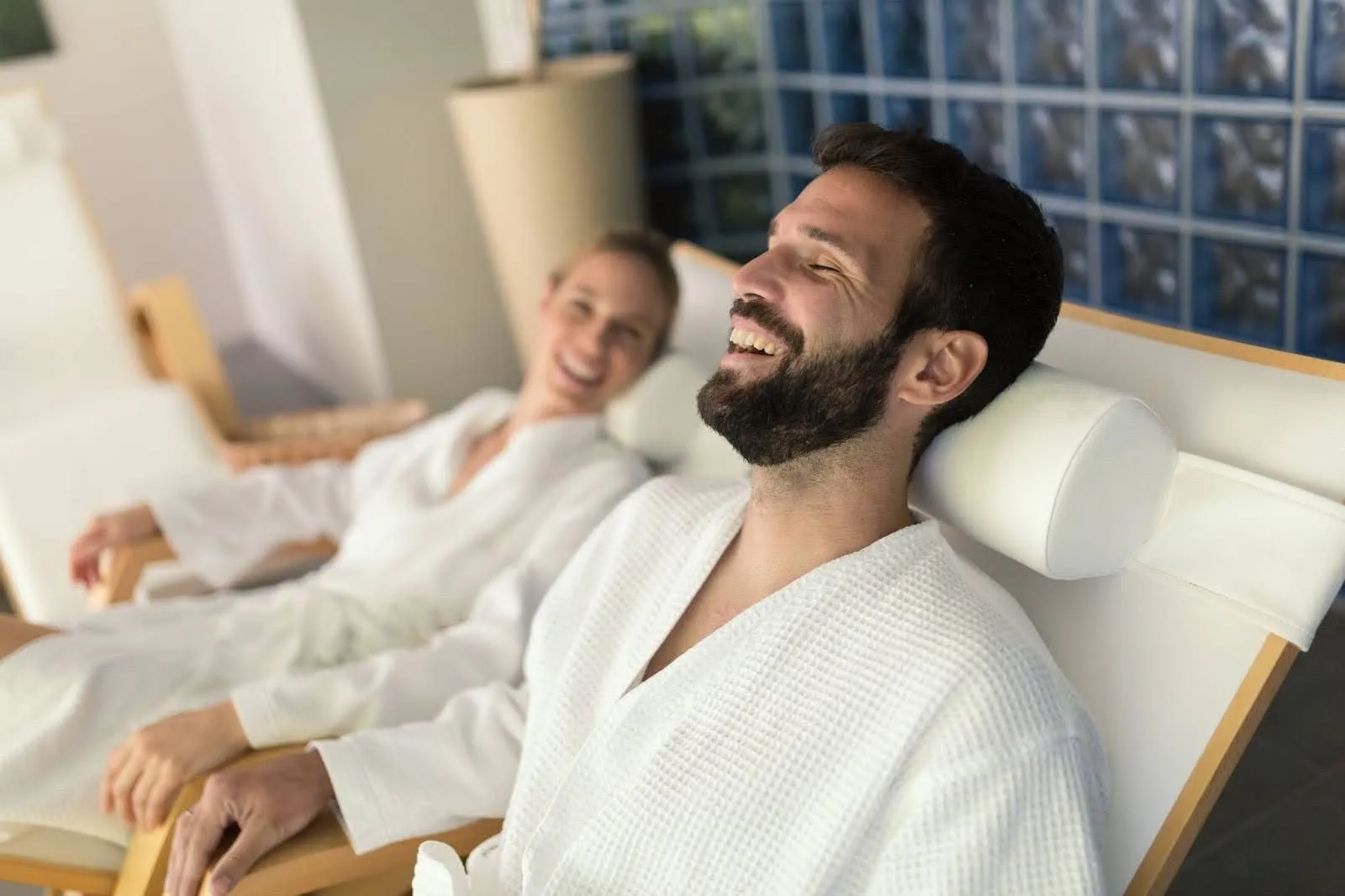
Integrating Meditation and Mindfulness into Spa Services: The Future of Deep Relaxation
In today’s fast-paced, overstimulated world, wellness is no longer just about luxury—it’s about survival. People are constantly looking for ways to disconnect from noise, stress, and mental fatigue, and modern spas have become sanctuaries for holistic healing. What’s new, however, is the rise of mindful spa sessions, where ancient meditation techniques meet modern body treatments to create a deeper, more transformative experience.
This growing global trend—wellness mindfulness treatments—is redefining what it means to relax. Instead of focusing only on the body, these therapies nurture the mind, encouraging guests to slow down, breathe consciously, and reconnect with themselves. From floating therapy and sound bowl healing to guided breathing and stillness rooms, mindfulness is now at the heart of next-generation spa design.
Let’s explore how meditation and mindfulness are changing spa culture, why this integration matters, and how each practice contributes to mental, emotional, and physical restoration.
1. The Shift Toward Mindful Wellness

For decades, spa treatments revolved around external relaxation—massages to soothe muscles, facials to refresh the skin, saunas to detoxify the body. While effective, these experiences often stopped at the surface. In contrast, the modern wellness traveler seeks something more—an inner balance that lasts beyond the treatment room.
This shift has led to a new movement within the wellness industry: mindful spa sessions that blend the sensory comfort of traditional spa therapy with mental clarity techniques rooted in meditation. The goal is not only to relax the body but also to calm the mind and bring awareness to the present moment.
Mindfulness Meets Massage
When mindfulness is paired with massage, it becomes meditation and massage—a two-way dialogue between body and mind. Guests are encouraged to breathe rhythmically, notice sensations, and let go of tension consciously rather than passively. Therapists often begin with short guided meditations, helping clients focus attention on areas of the body that store emotional or physical stress.
The result is a more profound state of awareness, where relaxation isn’t fleeting but deeply anchored in the present experience.
2. The Science Behind Mindful Relaxation
The integration of mindfulness into spa treatments isn’t just a passing wellness fad—it’s backed by neuroscience. Studies show that mindful breathing and meditation reduce cortisol levels, lower blood pressure, and enhance the body’s natural healing response. When combined with physical therapies, the impact multiplies.
How It Works
- Mindfulness stimulates the parasympathetic nervous system, slowing heart rate and promoting digestion, rest, and recovery.
- Massage activates the same calming response, releasing endorphins and improving circulation.
- When combined, the two create a self-reinforcing cycle of deep relaxation and mental clarity.
This scientific synergy is what makes wellness mindfulness treatments so powerful—they address both physiological and psychological stress simultaneously.
3. Floating Therapy: The Modern Sensory Retreat

One of the most innovative trends within mindful spa sessions is floating therapy, also known as sensory deprivation or floatation tank therapy. Guests lie effortlessly in warm, mineral-rich water within a soundproof, dimly lit pod, creating an environment free from external stimuli.
Why Floating Works
The absence of noise, light, and gravity allows the mind to reach a meditative state effortlessly. Within minutes, brain waves slow from beta (alertness) to theta (deep relaxation), similar to those produced during meditation or REM sleep.
During a 60-minute float, stress hormones drop dramatically, muscle tension melts away, and many participants experience creative insights or emotional clarity.
Mindfulness in the Float Pod
Spas integrating mindfulness into floating sessions often begin with guided audio meditations or breathing prompts that help guests center their thoughts. Some facilities even offer post-float reflection corners, where guests can journal or enjoy herbal tea in silence to extend the mindful experience.
Floating therapy perfectly illustrates the modern spa’s evolution—from pampering to purposeful healing.
4. Guided Breathing: The Simplest Path to Inner Calm
While sophisticated treatments have their place, sometimes the most powerful mindfulness tools are also the simplest. Guided breathing sessions are becoming a cornerstone of wellness mindfulness treatments because they require no equipment, no special skills—only awareness.
The Power of the Breath
Breathing consciously regulates the body’s stress response. Slow, intentional inhalations increase oxygen flow, reduce anxiety, and improve heart coherence (the synchronization between heart rate and breathing).
In spa environments, guided breathing is often integrated before or during treatments:
- Before a massage, to prepare the body for relaxation.
- During facial therapies, to enhance oxygenation and mindfulness.
- In saunas or salt rooms, to connect breath with temperature and sensation.
Breathing as a Bridge
Therapists frequently use phrases like “breathe into the tension” or “inhale calm, exhale release.” This language anchors the client’s awareness in the body, transforming passive relaxation into active presence.
By emphasizing breath, spas help guests carry mindfulness beyond the session—into daily life.
5. Sound Bowls: Healing Through Vibration

Another powerful element transforming mindful spa sessions is sound therapy. Crystal or Tibetan singing bowls, gongs, and chimes are being introduced into massages, meditation rooms, and yoga spaces.
How Sound Bowl Healing Works
Every sound has a vibration frequency, and when these frequencies resonate with the body, they help release energetic blockages. During a meditation and massage session, therapists may strike sound bowls near specific chakras, creating deep, harmonic waves that penetrate tissue and mind alike.
These vibrations slow down brain activity, easing anxiety and inducing a meditative state. Guests often describe the sensation as a “sound bath”—a total immersion in vibration that melts stress and invites serenity.
Sound therapy can also be paired with aromatherapy and gentle touch, creating multi-sensory wellness mindfulness treatments that appeal to all aspects of human experience—physical, mental, and emotional.
6. Stillness Rooms: The Art of Doing Nothing
In a culture that glorifies constant activity, the most radical act of wellness may be doing nothing at all. Enter the stillness room—a growing feature in modern spa architecture.
The Concept
Stillness rooms are dedicated spaces designed purely for silence and contemplation. No phones, no talking, no distractions—just ambient light, natural textures, and comfortable seating or meditation mats.
Guests are encouraged to rest after treatments, meditate, or simply sit in awareness. This quiet pause allows the nervous system to integrate the benefits of prior therapies fully.
Why Stillness Matters
Research shows that spending time in silence improves concentration, enhances creativity, and even promotes cell regeneration. By creating stillness zones, spas offer a sanctuary from overstimulation—a chance to breathe and simply be.
Many luxury resorts now include these rooms as standard components of their mindful spa sessions, reflecting a broader recognition that peace of mind is as valuable as any physical luxury.
7. Combining Meditation and Massage for Deeper Healing

The fusion of meditation and massage represents the ultimate harmony between bodywork and mindfulness. It transforms a familiar experience into a spiritual journey.
How It Works
Before beginning the massage, therapists may lead a brief body-awareness meditation. Clients are guided to notice areas of tightness, focus on the breath, and cultivate gratitude toward the body. As the massage begins, mindfulness deepens—the rhythmic strokes become a meditative rhythm themselves.
Some advanced spas use visualization techniques, asking clients to imagine releasing tension as light or energy. Others pair bodywork with sound bowls, chanting, or aromatherapy aligned with meditation traditions such as Ayurveda or Zen.
Benefits
- Deeper relaxation and reduced anxiety.
- Heightened body awareness and emotional release.
- Longer-lasting results, as mindfulness trains the brain to sustain calm.
This holistic approach redefines spa therapy—not as escape from the self, but as a return to it.
8. Designing a Mindful Spa Experience
Mindfulness isn’t just a treatment—it’s an atmosphere. Every detail of a spa, from lighting to scent to sound, can either support or disrupt a meditative state.
Essential Design Elements
- Lighting: Soft, natural illumination mimics sunrise or candlelight, helping guests relax their circadian rhythm.
- Soundscapes: Instead of generic music, mindful spas use curated sound journeys—waves, wind, or live instruments—to guide relaxation.
- Scent: Essential oils like lavender, sandalwood, and frankincense promote meditation and deepen breath awareness.
- Materials: Organic wood, stone, and linen create a tactile connection to nature.
Together, these design elements foster an immersive, mindful environment that begins the moment a guest walks through the door.
9. The Emotional Dimension of Mindful Spas

Traditional spas primarily address the physical layer of wellness, but integrating mindfulness unlocks emotional healing as well. Many people carry stress not just in muscles, but in thoughts and emotions. Wellness mindfulness treatments acknowledge this link, helping guests process emotions safely and compassionately.
Emotional Awareness Through Stillness
During meditation or sound bowl sessions, emotions sometimes surface—sadness, fatigue, even joy. Therapists trained in mindful communication can guide clients through these sensations without judgment, offering grounding techniques or breathing support.
This level of emotional care builds trust and transforms a typical spa day into an inner retreat—a place to reset not only the body but also the heart.
10. Corporate and Group Applications
As workplace burnout rises, more companies are turning to spas for mindful spa sessions tailored to team wellness. Corporate retreats now include meditation breaks, sound healing circles, and guided breathing workshops to combat stress and boost productivity.
By introducing mindfulness into team environments, spas help employees develop focus, empathy, and resilience—skills that extend far beyond the treatment room.
This integration marks a new era in wellness tourism, where mindfulness is not a luxury but a necessity for sustainable success.
11. Training Therapists in Mindfulness
To offer authentic wellness mindfulness treatments, spa professionals must also cultivate mindfulness in their own practice. Many training programs now include meditation techniques, breathwork, and energy awareness to help therapists remain centered and empathetic during sessions.
When therapists work from a mindful state, their touch becomes more intuitive, their presence more grounding, and the client experience more meaningful.
As one leading wellness director once said, “The energy behind the touch matters as much as the technique.”
12. The Future of Mindful Spas
The next decade of spa evolution will likely focus on experiential mindfulness—immersive environments where guests can explore sensory balance, emotional healing, and conscious rest. Expect to see:
- Digital-free zones promoting tech detox.
- AI-guided meditations tailored to personal stress patterns.
- Nature-integrated spas built within deserts, mountains, and forests.
- Group mindfulness rituals combining community connection with quiet reflection.
This future isn’t about reinventing relaxation—it’s about returning to simplicity. In a world obsessed with speed, mindfulness offers slowness as the ultimate luxury.
13. Practical Tips for Guests Seeking Mindful Spa Experiences

If you’re new to mindfulness or planning your next spa day, here’s how to make the most of it:
- Arrive early to settle into the space.
- Turn off your phone completely before the session.
- Set an intention—whether it’s to release stress, cultivate gratitude, or simply rest.
- Breathe consciously during every part of your treatment.
- Allow silence after the session to integrate the experience.
- Journal or reflect afterward to capture insights and emotions.
The goal isn’t perfection, but presence. Mindfulness turns every touch, every breath, and every moment into a form of healing.
Conclusion: The Mindful Evolution of Spa Culture

Integrating meditation and mindfulness into spa services marks a turning point in global wellness. The modern spa is no longer just a place for pampering—it’s a laboratory for presence, a temple for inner peace, and a bridge between ancient wisdom and modern science.
By embracing mindful spa sessions, meditation and massage, and wellness mindfulness treatments, both guests and therapists participate in a shared act of healing that goes beyond the skin and into the soul. Floating therapy reconnects us with stillness, guided breathing teaches awareness, sound bowls awaken inner harmony, and stillness rooms remind us that silence itself is medicine.
In this new age of wellness, mindfulness isn’t an add-on—it’s the essence. Because true relaxation doesn’t come from escaping reality, but from meeting it with calm awareness.






Leave a Reply